As I’m sure we’re all aware by now, I have the world’s WORST brown thumb. I’ve been known to commit plantslaughter with hardy creatures like mint and calathea that other people swear are impossible to kill. So I thought I’d put together a list of the plants that have shared a house with me and survived against all odds. I consider them my ‘go-to hardy houseplants’ – if they’ve thrived with me and my brown thumb, then they can live through anything!
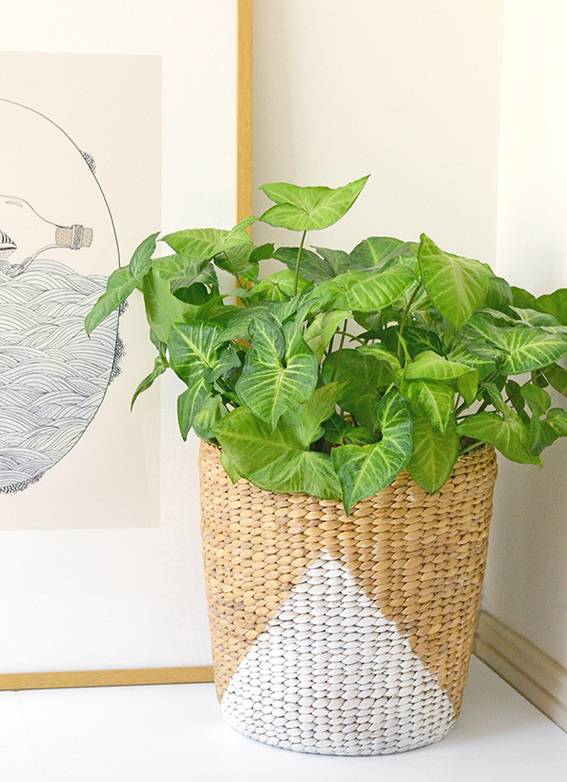
1. Arrowhead plant (Syngonium podophyllum nephthytis)
My parents and brother have given me a LOT of plants over the years in an attempt to cure my impossible brown thumb. I’ve killed every single one except my dear old Arrowhead plant. This fellow has been totally fine with my low light conditions and inconsistent watering; it’ll even tell me when it’s thirsty by drooping and then it’ll perk right back up as soon as it’s gotten a good drink.
Arrowheads like to climb, so I’ve taken a few cuttings off it to stop it from travelling too far and those cuttings have developed roots so now I have more of the little guys. Best indoor plant ever.
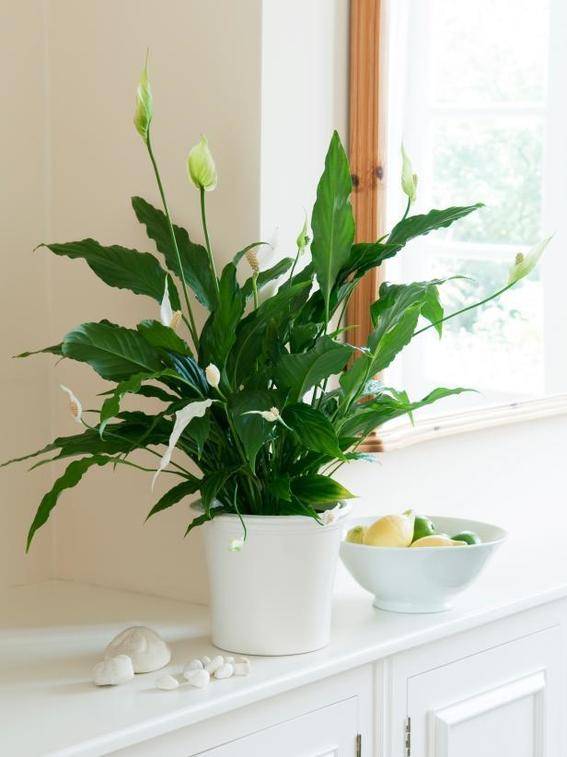
I’ve always been a big fan of the peace lily. They have such deep green foliage, lovely white flowers and they’re pretty darn hardy for an indoor plant. We used to have them in our office and they were great in conditions with low natural light and sparse watering. Like the arrowhead, it tells you when it’s thirsty by wilting… once you water it, it’ll be as good as new. You gotta love plants that communicate right?
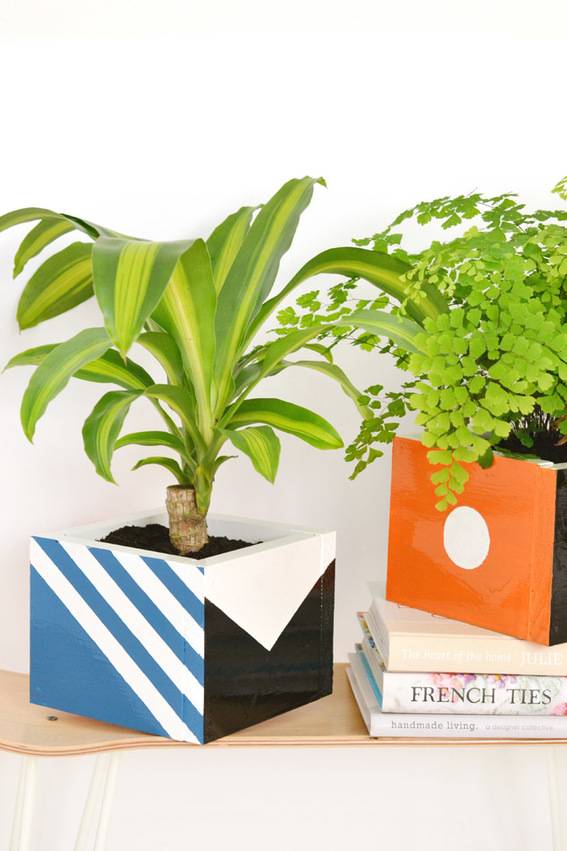
3. Corn plant (Dracaena fragrans massangeana)
When I made a couple of DIY plant boxes last year, I got myself two plants; a maidenhair fern and a corn plant. I managed to damage the maidenhair within a few months (it’s not entirely dead, but looking a lot less like it used to).
The corn plant, on the other hand has sprouted new leaves and sits there happily looking even better than the day I first bought it. This plant is as easy as they come – it sits in low light, I water it irregularly, never fertilise it and it rewards me by growing extra leaves and being beautifully green. This is my dream plant, I tell you!
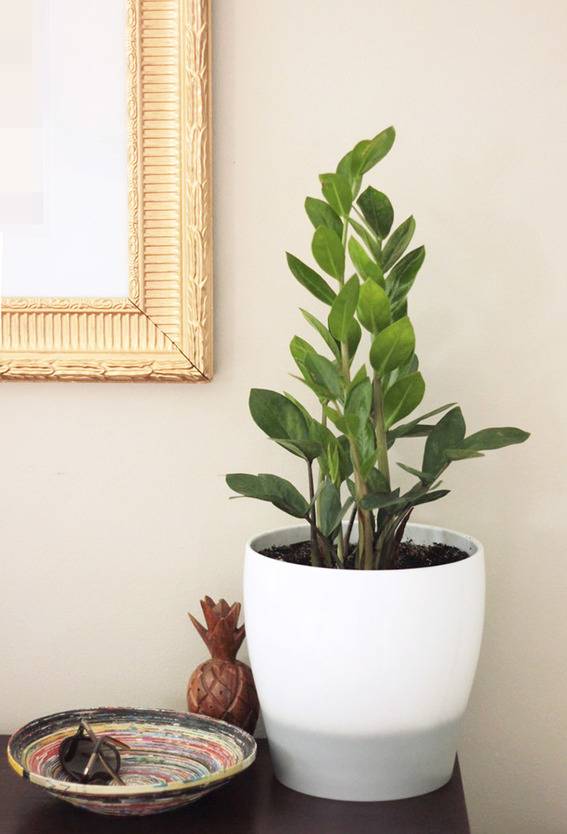
4. ZZ plant (Zamioculcas zamifolia)
This one is a recent addition to my plant collection and it’s one I instantly fell in love with because plant care doesn’t get much easier than this!
The ZZ plant is originally from Africa and therefore built to withstand drought, so it doesn’t at all mind when I forget to water it (sometimes for up to three weeks!). It handles low light brilliantly and hasn’t required any fertilising or pruning. In fact, it doesn’t change much at all – unlike my other plants which shift and grow, this one has barely moved. That’s okay – as long as it doesn’t die, I’m a happy gal.
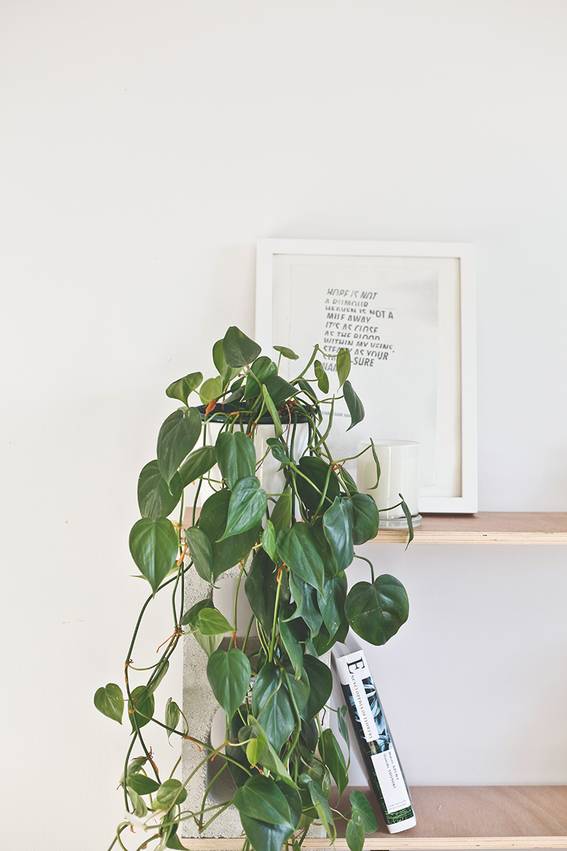
5. Heart-leaf philodendron (Philodendron scandens)
My parents have had this plant in their kitchen ever since I was a young thing, but I didn’t realise exactly how easy they were to take care of until I arrived to my first day at work and saw people growing them from cuttings in fluorescent lighting with minimal water and very little soil!
Of course, I wouldn’t recommend those conditions and I’m not sure where those plants were getting their natural light from, but needless to say they were some of the hardiest plants I’ve ever seen. I’m going to steal a few cuttings from my mum this weekend so I can make a hanging basket for my garden (they hang beautifully!).
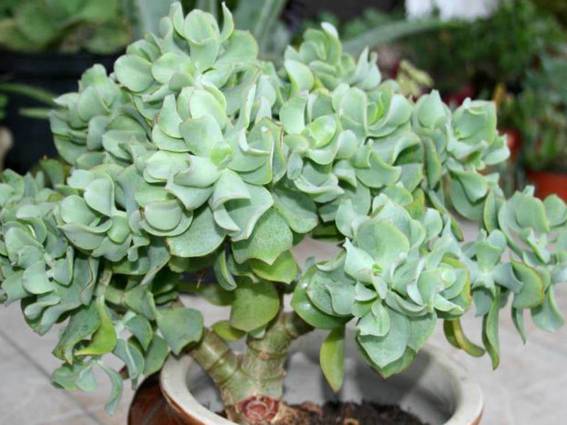
6. Ripple Jade succulent (Crassula arborescens subsp. undulatifolia)
One day in December, I went to the florist to get an ‘alternative’ Christmas tree for my desk and they had a cutting of the Ripple Jade sitting in water. Its leaves were a beautiful muted green and I just knew it would look gorgeous draped in silver beads. As I was buying it, the florist said I should keep it in water for awhile – it would develop roots and then I could plant it. And so it did!
To this day, I still consider this my best purchase from a florist ever. Instead of buying flowers that I’d have to throw away, I got a succulent that’s still alive to this day and growing right out of its little white pot. It requires very little from me – just a bit of water every now and then, and a good lighted position. Win!
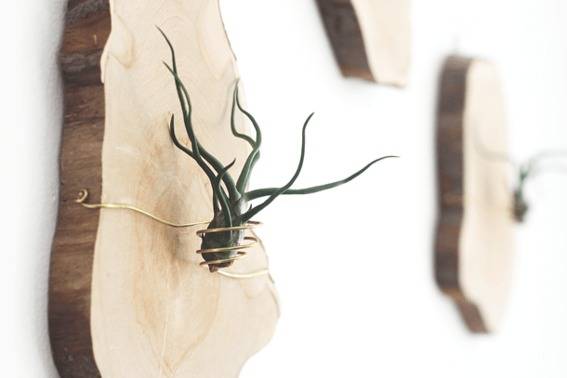
I feel like this is sort of cheating, but despite having no roots, air plants are still plants and they’re one of my favourite things to buy and look after.
If you’re looking for a no-fuss way to add some green to your home, then this is it guys. You can buy these fellows big or small and they can be put pretty much anywhere, from wall hangings, to fridge magnets, to display bowls – the sky’s the limit! I’ve got some in a hanging basket and a few in nooks and crannies around my studio… all I have to do is remember to give them a good soak every week (sometimes I’ve left it for two weeks…shhh!) and they’re happy as Larry.
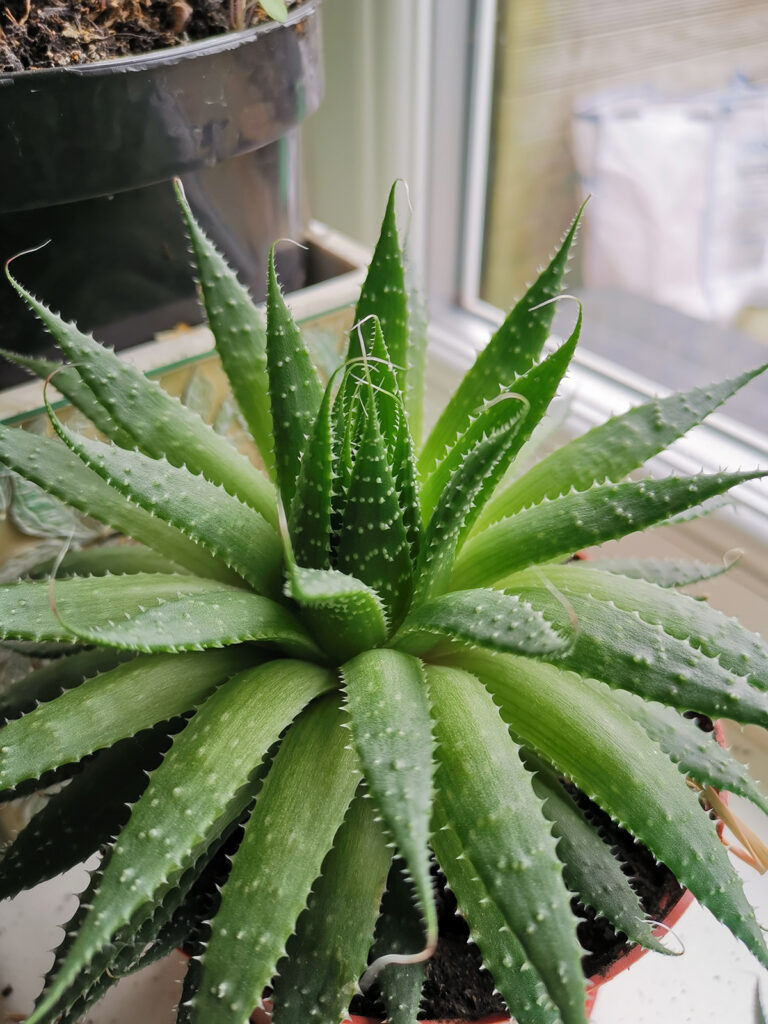
8. Aloe vera (Aloe barbadensis miller)
I’ve never seen a plant take so much rough handling from me as my dear aloe vera (to be honest, I reckon it gives as good as it gets with those sharp thorns). I’ve pulled it in and out of containers, neglected to water it, left it out in the sun (and sometimes forgotten to put it in the sun), never fertilised it or fed it in any way. And yet it thrives! I’m going to take some of its pups and put them in smaller containers soon and then I’ll have even more of these hardy little guys – yay!

It’s probably a good idea to note at this stage that this is my personal experience with the plants outlined above and not in any way an endorsement of how you should treat your leafy friends!
All of the species above have proper care instructions including how often to water and when to propogate, prune and feed… I just thought it would be helpful to share how well I’ve faired with these plants and how easy they are to maintain, even with my severely poor plant parenting skills. If I can’t kill them then chances are, you’ll do just fine too. 🙂
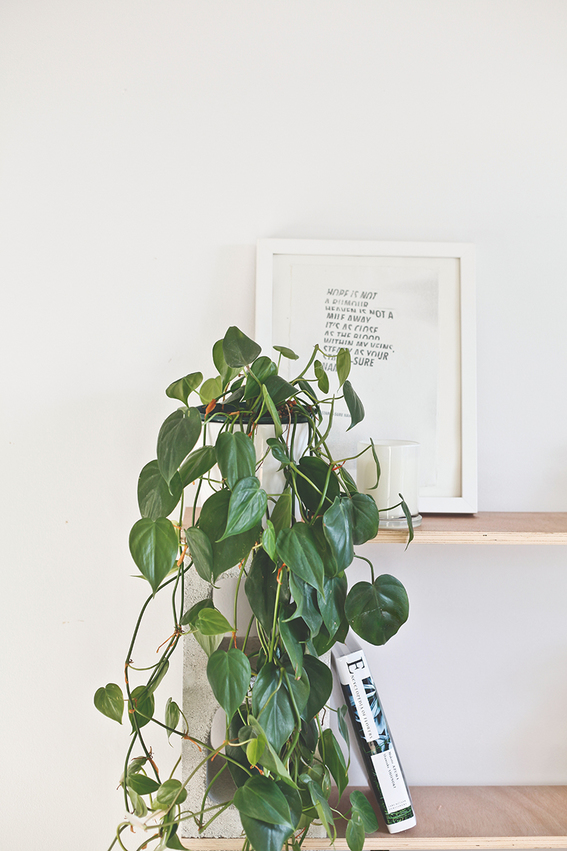
Are any of these plants harmful to animals (i.e. cats and dogs)?
Hi Shane, I know that at least two of the plants (the arrowhead plant and the zz plant) are toxic to animals if eaten. Perhaps check with your local nursery about the effects of the others on pets before buying any for your home (just in case!).
These are all listed as toxic to cats and dogs. That doesn’t always mean deadly, but if you have a pet then you should research what you put into their environment.